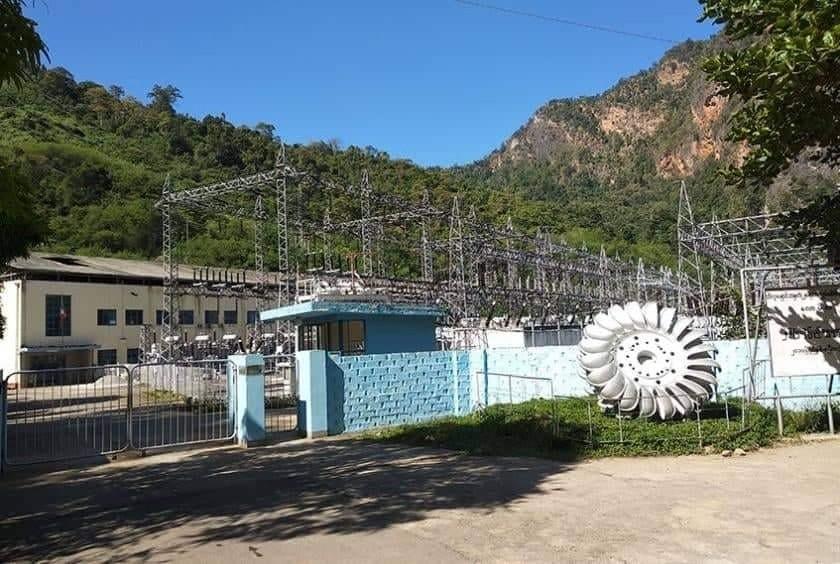- Electricity/Power Grid ,
- Energy Digitalization
–
- Vietnam
Ho Chi Minh City, Vietnam’s electricity sector has set a target to become a digital business by adopting key technologies such as big data, Internet of Things and artificial intelligence (AI) to improve the local power system.
Electricity of HCM City (EVNHCMC) deputy director-general Nguyen Duy Quoc Viet said: “Technology has drastically changed the power industry. The group is applying advanced technologies to improve production and business activities, enhance labour productivity and reduce costs.”
It has adopted state-of-the-art equipment and technologies in power system management and operations, including implementation of hydrological forecasting software, remote controls, and unmanned substations in 110kV-220kV grid systems, he said.
The group is also striving to ensure adequate power supply for socio-economic development and environmental protection.
Smart power grid
EVNHCMC director-general Pham Quoc Bao said the city’s power sector has implemented smart power grid development programmes under the Smart Power Grid Development Project as approved recently by Prime Minister Nguyen Xuan Phuc.
“The city’s power grid is mostly automated,” he said. “The group has supervised and operated the power grid, including 220kV distribution substations, 110kV substations and medium voltage switchgear equipment.”
Eighty per cent of the medium voltage grid has been controlled remotely (by Mini-Scada system), Bao said.
The group is also implementing the automation plan for 220kV distribution power grids and promoting the application of live-line working to mitigate the disruption time of power supply.
It also put into operation 21 insulated cleaning sets for 110kV and 220kV power grids with high pressure water taps – online porcelain cleaning – to maintain the grids without outage, contributing to reducing incidents and improving the reliability of power supply to customers.
In addition, the group has also piloted the Micro Grid model (regional smart power grid) in four areas – Hi-tech Park in District 9, commercial offices along main roads in District 1, Mieu Noi residential area in Phu Nhuan district, and residential area in District 7.
Payment forms
The group has diversified power bill payment channels in recent years, including online power bill payment through automatic debt deduction, Internet banking, mobile banking, and electronic wallets, among others.
At customer service centres, EVN receives requests and provides consultancy via telephone centres, as well as offers customer services via website, email, webchat, fanpage, and customer care on mobile apps. In addition, EVN has applied chatbots using AI to talk with its customers.
EVNHCMC has worked with 22 banks and nine partners to help customers pay for electricity bills at more than 5,712 payment points outside the electricity system, convenience stores, post offices, supermarkets, and 2,202 ATMs, through Internet/Mobile/SMS Banking.
An EVN report said that as of the end of last year, the total capacity of the power system was estimated at 54,880MW, up 6,320MW compared to 2018.
Vietnam ranked second in scale of power system in Asean, after Indonesia, and 23rd in the world.
Last year, the EVN put two thermopower plants and three solar power plants into operation with total capacity of 1,400MW.
To date, more than 99.52 per cent of households throughout the country are connected to the grid.
EVN earned more than 393 trillion dong ($16.9 billion) in revenue last year, up 14.3 per cent over 2018. It reported profit of 950 billion dong.







